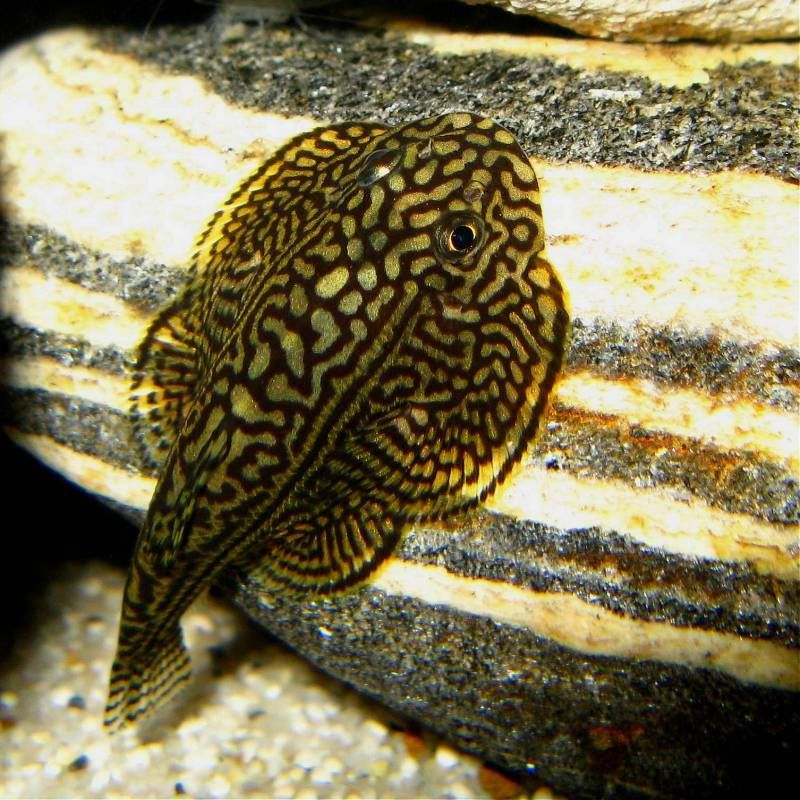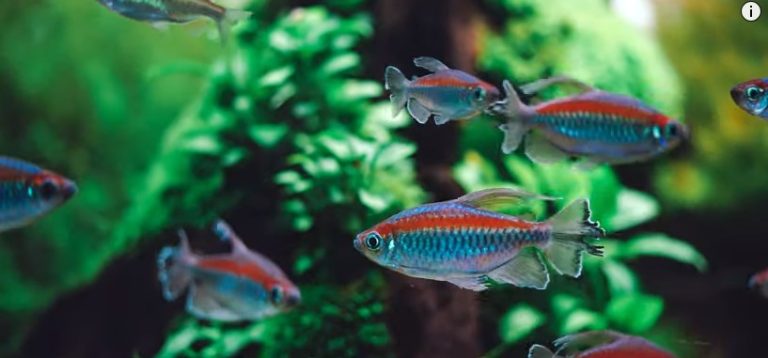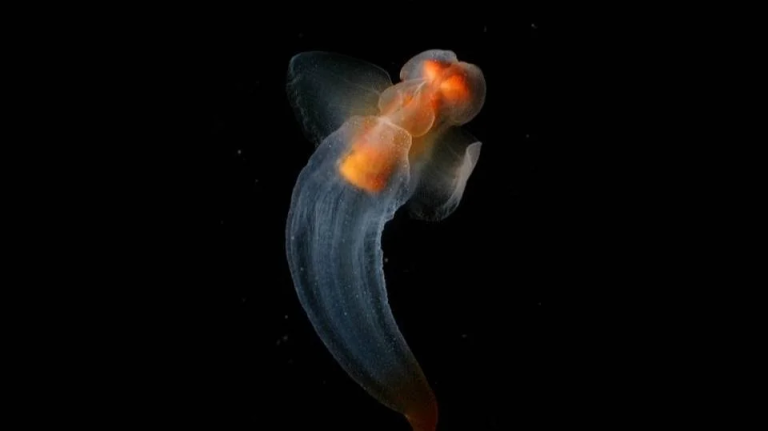Borneo Sucker Vs Hillstream Loach
Borneo Sucker vs Hillstream Loach: Which is the Perfect Addition to Your Aquarium?
Borneo Sucker and Hillstream Loach are both popular choices for aquarium enthusiasts. While they share some similarities, they also have distinct characteristics that set them apart. In this article, we will delve into the differences between these two species, taking a closer look at their appearances, behavior, care requirements, and more. By the end, you will have a clearer understanding of which fish is the perfect addition to your aquarium.
Aquarium hobbyists are always on the lookout for unique and fascinating fish to populate their tanks. Borneo Suckers and Hillstream Loaches are two such species that capture the attention of many enthusiasts. Both are known for their attractive appearances and interesting behaviors. Let’s explore what makes each of these fish special.
Appearance
Borneo Suckers, also known as Gastromyzon punctulatus, are small freshwater fish native to Borneo. They are characterized by their elongated and slender bodies, which are usually a mix of dark brown, black, and orange colors. Borneo Suckers have a sucker-like mouth located on their ventral side, which they use to attach themselves to rocks and other surfaces.
Hillstream Loaches, on the other hand, belong to the family Balitoridae and are native to fast-flowing hillstream habitats in Asia. These fish have a flattened body shape with a triangular cross-section, allowing them to cling to rocks and withstand strong currents. Hillstream Loaches come in various patterns and colors, such as brown, black, and white, resembling the appearance of pebbles to camouflage themselves in their natural environment.
Behavior
Borneo Suckers are well-known for their bottom-dwelling behavior. They spend most of their time crawling along the substrate and rocks, using their sucker-like mouth to feed on algae and other microorganisms. These fish are relatively peaceful and generally prefer to live in a group, so it’s best to keep them in a school of six or more.
Hillstream Loaches, on the other hand, are known for their unique ability to actively swim against strong currents. Their flattened body shape and specially adapted pectoral fins allow them to cling to surfaces in fast-flowing rivers and streams. Hillstream Loaches are also bottom-dwellers but can be more active swimmers compared to Borneo Suckers. They are known to graze on algae and diatoms, making them a great addition to aquariums with live plants.
Care Requirements

When it comes to caring for Borneo Suckers and Hillstream Loaches, there are a few key factors to consider. Both species have specific needs that must be met in order for them to thrive in captivity.
Tank Size: Borneo Suckers and Hillstream Loaches require aquariums with a significant water flow to replicate their natural habitat. A tank size of at least 20 gallons is recommended for a small group of either species. It’s important to provide plenty of hiding spots in the form of rocks or driftwood, as well as a sandy substrate for Borneo Suckers.
Water Parameters: Borneo Suckers and Hillstream Loaches prefer cooler water temperatures ranging from 72°F to 78°F (22°C to 25.5°C). They are sensitive to changes in water quality, so it’s crucial to maintain excellent filtration and perform regular water changes. Additionally, these fish prefer slightly acidic to neutral water conditions with a pH level between 6.8 and 7.5.
Diet: Borneo Suckers are primarily herbivorous and feed on algae and biofilm found on rocks and other surfaces. They also accept high-quality sinking pellets and frozen foods. Hillstream Loaches have a similar diet, feeding on algae and small invertebrates. Providing a balanced diet consisting of high-quality pellets, vegetables, and occasional protein-rich foods will keep them healthy and vibrant.
Compatibility: Borneo Suckers and Hillstream Loaches are generally peaceful species that can be kept with other small, non-aggressive fish. However, it’s best to avoid keeping them with large or aggressive tankmates that may outcompete them for food or harass them. Different species of Borneo Suckers and Hillstream Loaches can also be kept together in the same aquarium.
Breeding
Breeding Borneo Suckers and Hillstream Loaches in captivity can be challenging due to their specific breeding requirements. Both species exhibit egg-laying behaviors and require conditions similar to their natural habitat for successful breeding.
Borneo Suckers typically lay their eggs on rocks or other surfaces that are covered in algae. The male guards the eggs until they hatch, which usually takes around a week. However, recreating these conditions in an aquarium setting can be difficult, and successful breeding is not commonly reported.
Hillstream Loaches also lay their eggs on rocks or other surfaces. The male fertilizes the eggs, and both parents guard the nest until hatching. Providing a suitable environment with strong water flow, proper diet, and optimal water parameters may increase the chances of breeding success.
Frequently Asked Questions
1. Can Borneo Suckers and Hillstream Loaches be kept together in the same tank?
While Borneo Suckers and Hillstream Loaches have similar care requirements, they may have different preferences when it comes to water flow and temperature. It’s important to ensure that the tank setup meets the needs of both species and allows them to coexist harmoniously. Proper tank size, adequate hiding spots, and a balanced diet are all key factors to consider when keeping them together.
2. Are Borneo Suckers and Hillstream Loaches suitable for beginners?
Both Borneo Suckers and Hillstream Loaches can be suitable for beginners as long as their specific care requirements are met. It’s important to research and understand their needs before adding them to your aquarium. With proper setup and maintenance, these fish can provide a unique and fascinating addition to your tank.
3. Can Borneo Suckers and Hillstream Loaches be kept in a planted tank?
Both Borneo Suckers and Hillstream Loaches can thrive in a planted tank as long as the plants are suitable for their needs. They may nibble on softer plant species or disturb delicate root systems, so it’s best to choose hardier plants or provide adequate protection. Including live plants in their habitat can also provide natural grazing opportunities and enhance the overall aesthetics of the aquarium.
Final Thoughts
Borneo Suckers and Hillstream Loaches are both unique and captivating fish species that can add charm and interest to your aquarium. While they have some similarities in appearance and behavior, it’s important to consider their specific care requirements before making a decision. Both fish require proper tank setup, water conditions, and a suitable diet to thrive in captivity. By understanding their differences and providing the right environment, you can enjoy the beauty and fascinating behaviors of Borneo Suckers and Hillstream Loaches in your own home aquarium.






